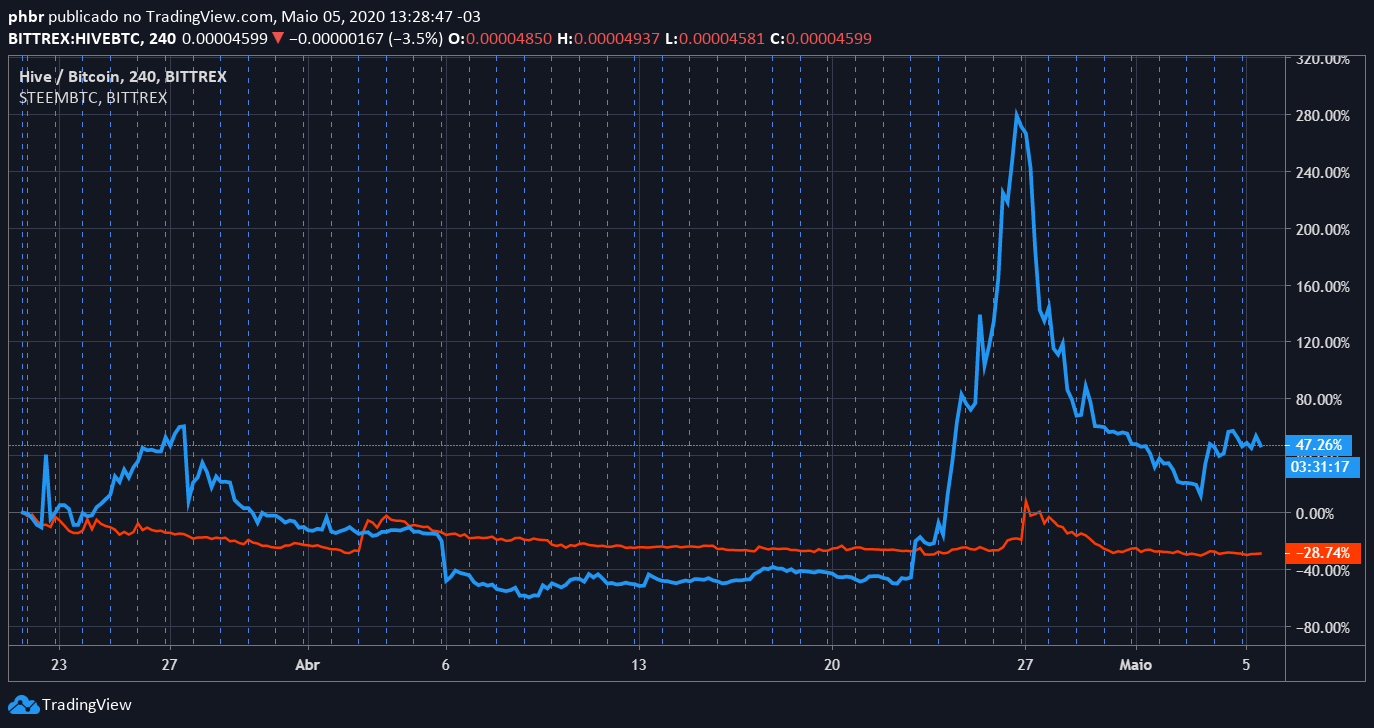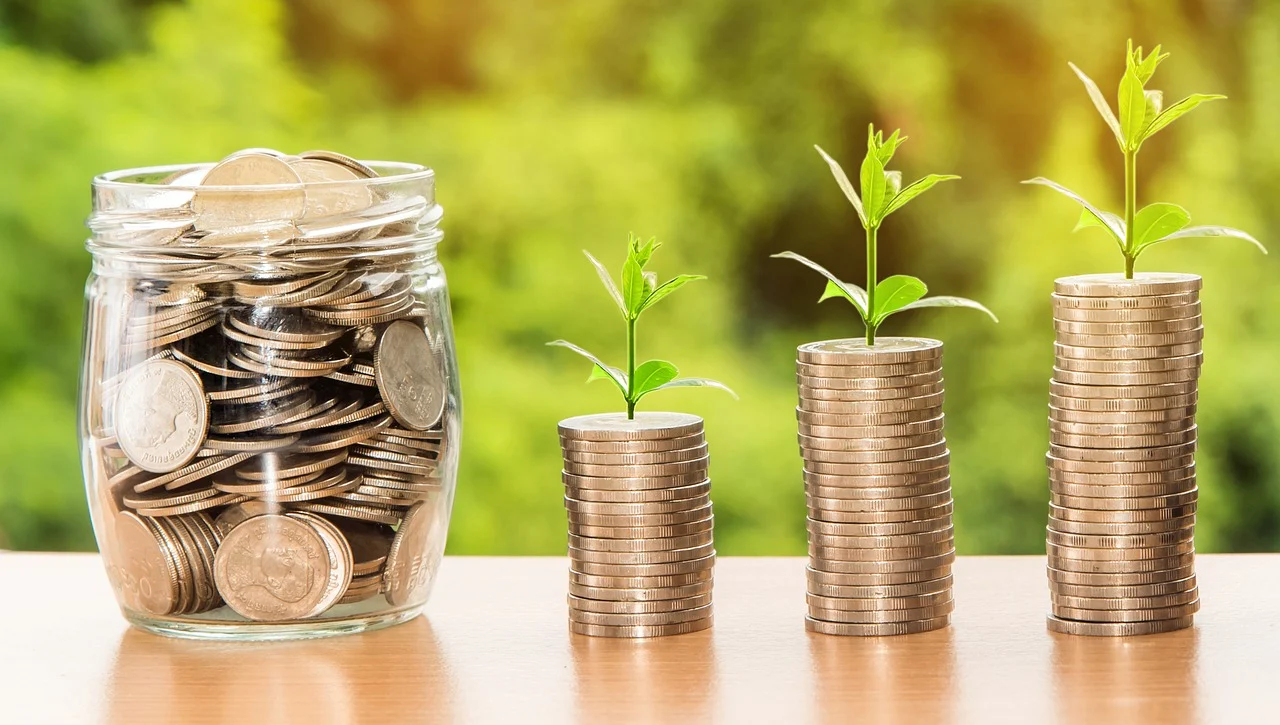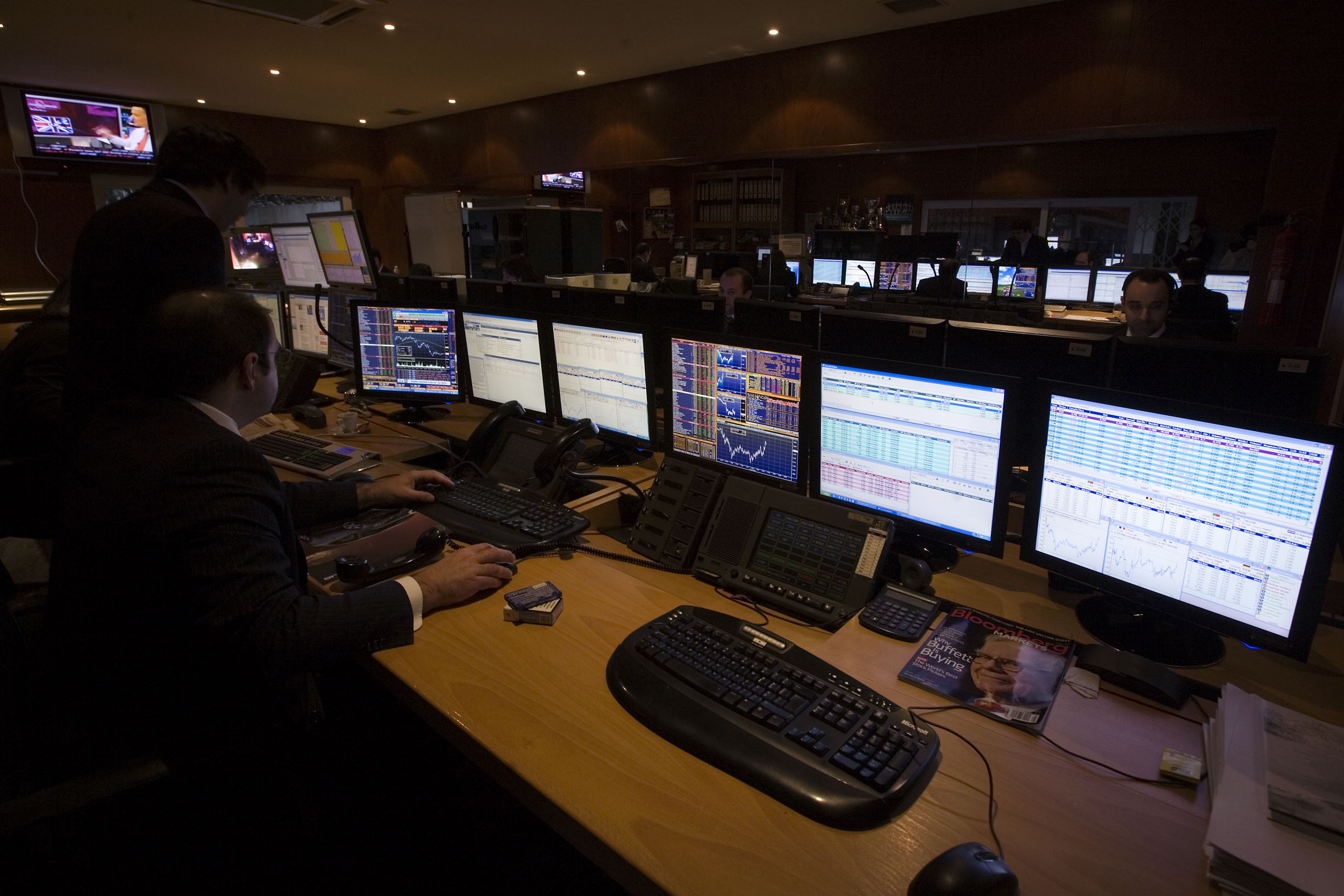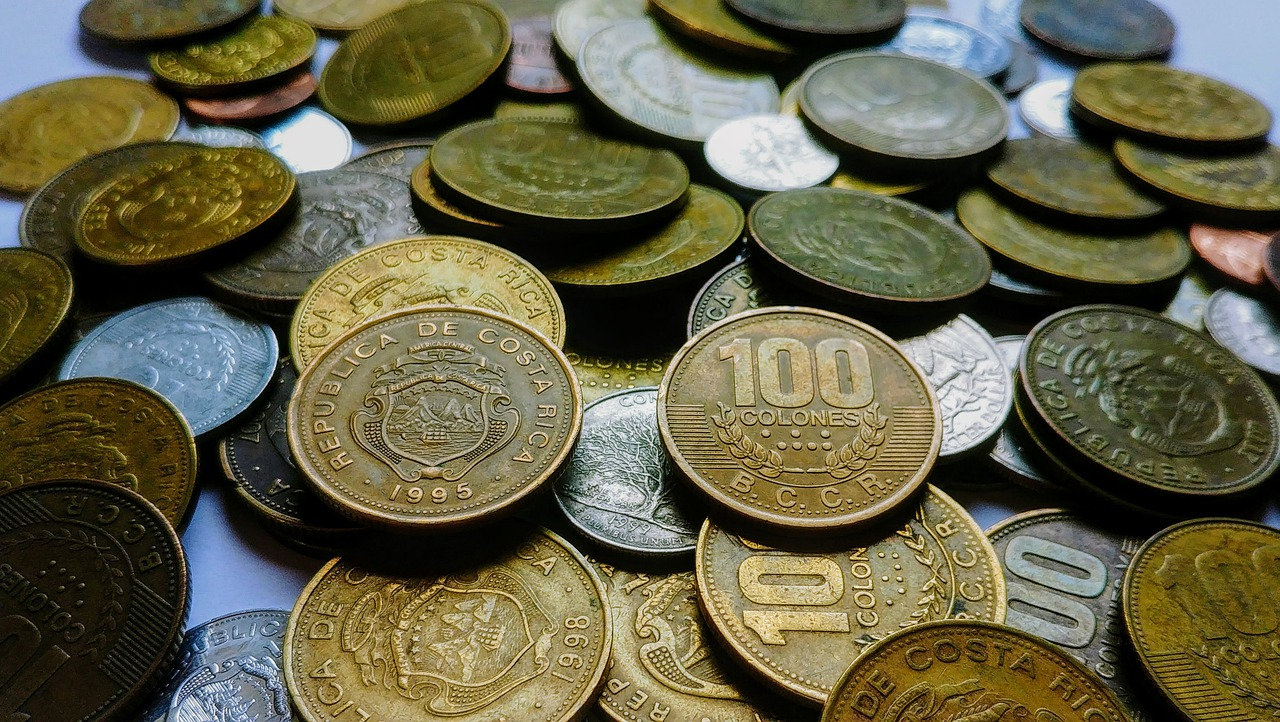
(Image source)\
An interesting phenomenon started on the cryptocurrency space not long ago.
Everything started on the year of 2012, when Sunny King and Scott Nadal published a paper about the concept of staking cryptocurrencies as an alternative to the Bitcoin Proof-of-work transactions validation process, as a mean to reduce the energy needed to do these validations.
If you don't know what proof-of-stake is, or how it works, i suggest that you read this Coindesk article.
But the basic idea is that the "miners" on the network would have a better chance of being selected as the validator of a transaction if they had more coins "locked" on the network.
From that year, a lot of the concepts of proof-of-stake have evolved, and we saw the beginning of the Cryptocurrency De-Fi (Decentralized Finance) era.
Now, there is a lot of tools and services that allow everyone to "multiply" their cryptocurrencies, from staking pools, to lending in a lot of different platforms.
Dividends yield as a Stock Market trading/investing strategy
There is an old strategy used by traders and investors on the Stock Markets that is pretty simple in concept:
Only buy shares of solid companies that pay good dividends, and eventually, use the dividends to buy even more shares of these companies when the price is low.
This is a really effective investing strategy, because the dividends that a company pays to its shareholders is independent of the price of the share, but come from the company results.
So no matter if the price of the share is high or low on the open market, if the company had a good performance, their owners will be paid.
The average price concept
Let's say you bough 1 share of company XBC for 100 USD, and after a year, you recieved 10 USD as dividends.
But due to the market volatility and external factors (you know, like a worldwide pandemic), the market price of the share went down to 10 USD.
This is bad right? after all, you lost 90% of your investment.
But this is a solid company, that act on a real world market that will definetly survive whatever the world crisis is, so, what do you do?
1 - Sell your shares in despair to no lose anything more?
2 - Or do you use the 10 USD you received as dividend to buy another share?
Unless i had an urgent need to use that 10 USD, i would definetly go with No 2 for 2 simple reasons:
a - I am confident that this is a solid company that will still pay good dividends on the future
b - buying another share this cheap will average down my buying price, therefore, it would be way easier to sell my shares with a profit in the future, when the effects of the world crisis ceases.
Here is what happens if i use the dividends to buy another share:
Qt of shares: 1
Cost of Shares: 100 USD
Average cost per share: 100 USD / share
After buying another share for 10 USD:
Qt of shares: 2
Cost of shares: 110 USD
Average cost per share: 110/2 = 55 USD
So, to exit (sell the shares) with a profit, i would only need the price to go above 55 USD.
That is the magic called "accumulation".
Cryptocurrencies "dividends"
As i explained earlier, there is a lot of ways to "multiply" the amount of coin you have, but none of them can be called dividends.
What they should be called, well... there will probably be a lot of discussions around this topic, but what is important is that the same concept of the strategy described above can be applied nowdays on a lot of different cryptocurrencies.
The big difference here is that the "dividends" that you would recieve when staking or lending a cryptocurrency is not on a FIAT currency, like USD.
The earnings come as more of the asset you are "holding".
It is as if the dividends of the stocks were paid as more shares of the company.
This make things interesting, because although you are not receiving a "payment" for owning that asset, you are averaging down the costs.
While this might be seen as a "profit" that would not be true.
This could be called a risk mitigation.
Trading risks
As everyone must be aware, when we start to talk about trading assets on open markets, the biggest risk involved is related to the uncertainity of the price in the future.
The price is driven by demand, and if people start to lose interest in acquiring that asset, it's price will go down over time.
That being said, every trader dream is to buy an asset at the lowest price possible (bottom) and sell it at the highest price possible (top).
And this is really really really hard to do, if not impossible.
Therefore, a successful trader isn't the one that always find the bottom, but the ones that are able to be consistent by reducing the risk as much as possible.
And what happens when you reduce you average cost?
You reduce your risk.
Conclusion
But there is a lot of other risks related to trading criptocurrencies, including a project becoming totally useless, and it's price go to zero. In that case, it doesn't matter how much coins you accumulated with staking or lending, because it will all be valued at zero.
So, this is where i am right now. I got a growing interest on Cryptocurrencies that have the possibility of growing over time, and on the next days, i will start explore and analyse some of the coins that pay some kind of yeild.
See you around.








